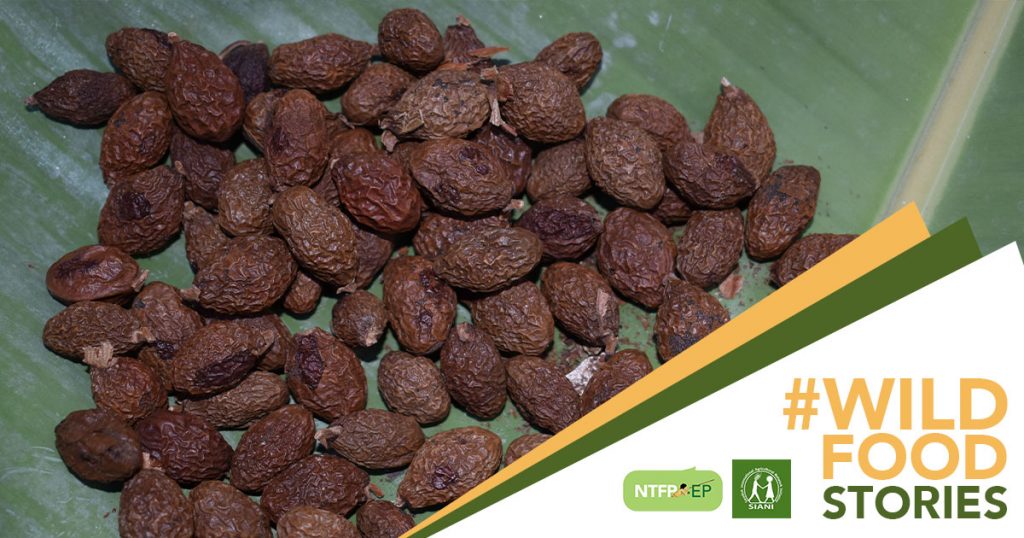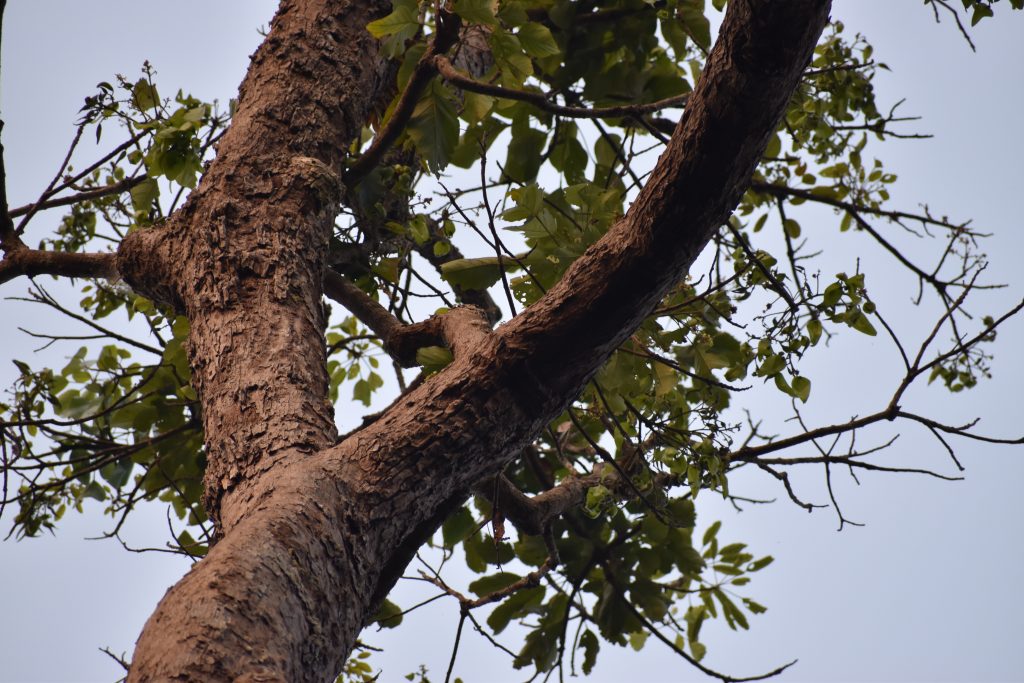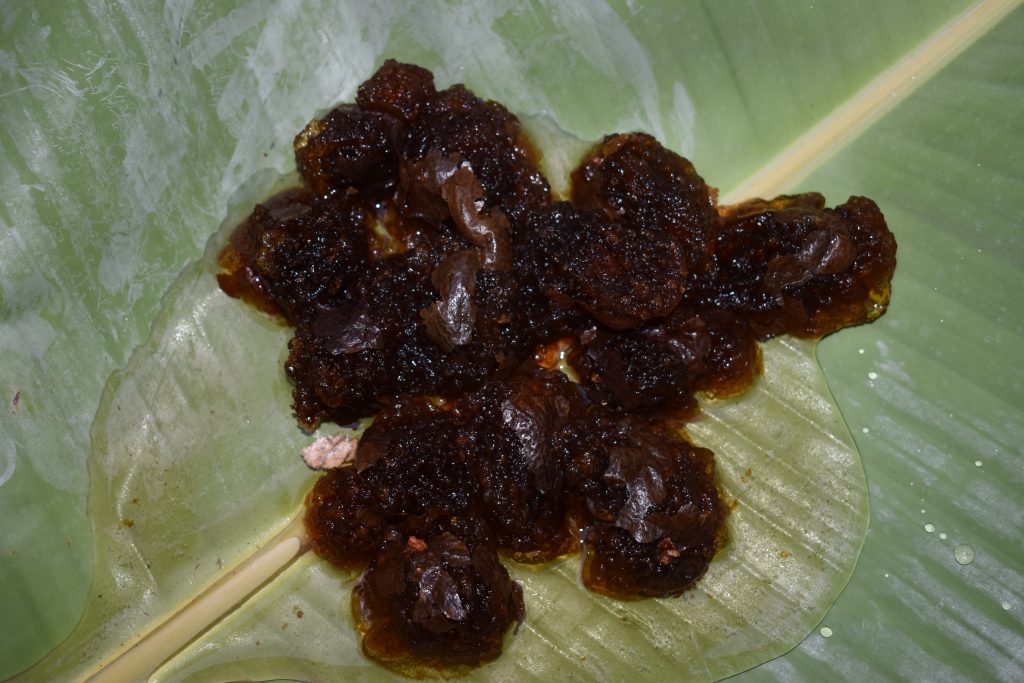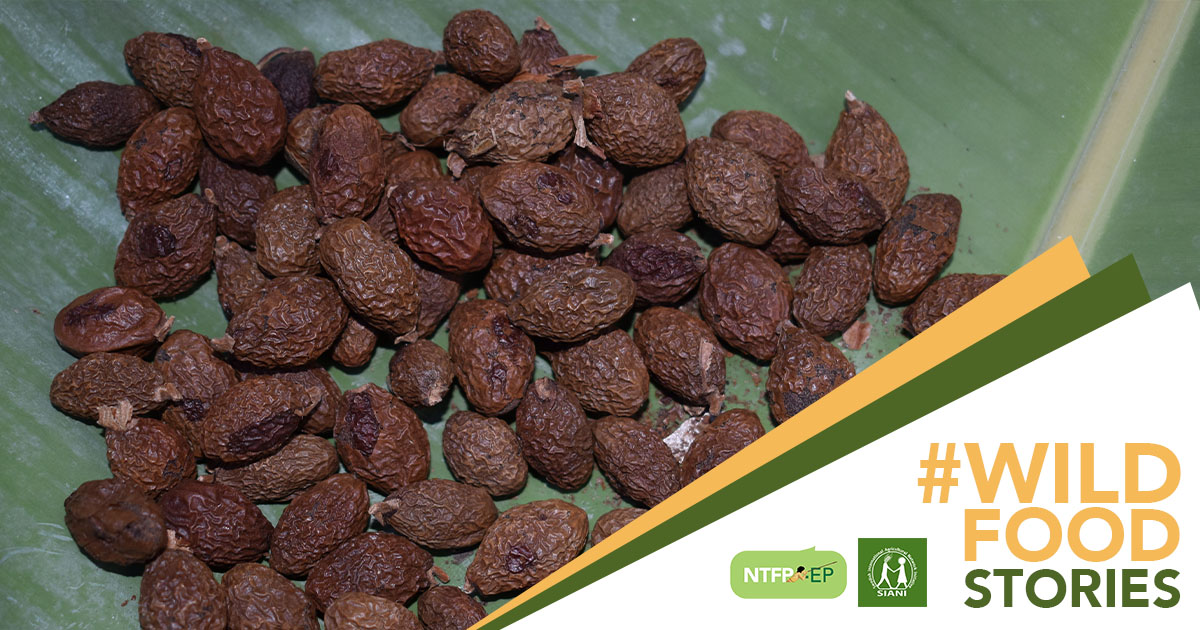
Laos sits at the heart of mainland Southeast Asia, bordering Myanmar, Cambodia, China, Thailand and Vietnam, with the Mekong River connecting all six and providing a lifeline for the entire basin.
The Global Association for People and the Environment (GAPE) is a non-profit organization, established in 1999 in Lao PDR. We focus on food security, environmental sustainability and preserving cultural traditions through global and local interconnections.
Approximately 70% of Lao citizens live in rural areas (Rural Population Growth, 2020). Many rural families struggle to make a living on small plots of land, with some resorting to unsustainable techniques. Deforestation along with threats to biodiversity has also created substantial negative impacts to the land and livelihoods. Consequently, many families are unable to afford nutritious food. Malnutrition is a critical issue, with stunting affecting over 30% of children under five years old.
GAPE supports vulnerable and poor communities for equitable and sustainable development through livelihood adaptation with improved food security, effective natural resources management and utilization. We do this by assisting people in developing their own potential in an ecologically sensitive and socially just manner. We implement and coordinate community development and environmental conservation programs by facilitating people-centered learning through community based education programs, with an emphasis on ecological issues.
Many farmers rely on the natural resources including non-timber forest products (NTFPs), wildlife and aquatics for consumption and income. Each year, there are various wild species of NTFPs harvested including vegetable, fruit, rattan, rattan shoot, cardamom, Yang resin, bamboo shoots, mushrooms and Malva nuts. Certain NTFPs have similar and diverse values and usages.

Malva nuts (Scaphium affine) are known in Lao as Mak Chong. It is very popular and useful for rural people, especially the communities where I have worked within the Xepian National Protected Area including Chantor Village, which is located in the Sanamsai District of Attapeu Province.
Currently, the six minority tribes of Jru, Oy, Jeng, Brao, Ta Oy and Lao Loum Tribe live in this village. They speak two different languages: Jru and Lao. Through GAPE’s community based programs, they live in harmony with nature and their neighbors, and they have learned to control their resources and ensure they are managed sustainably and in an environmentally sensitive manner.
There are abundant Malva nut trees in their forest area and the villagers say that the Malva nut tree originally grows in the dense forest because it needs shade to help it grows quickly when it is young’.
The Malva nut tree starts blossoming in January, and the seeds are harvested in April. They trees grow to about 25-30 meters high.
“It depends on the weather conditions to make the malva nut tree blossom and give seeds well, if some year it is so drought, it affects to malva nut seeds decreased. He said that there can be more than a thousand seeds on a tree,’’ said Mr. Visien, a harvester and one of the Village Authority members.

The raw seeds are smooth and green while the dried ones are brown and have rough skin, with the size almost equal to an adult finger. The dried seeds are used in Lao traditional medicine, traditional Ayurveda Indian medicine as well as a coolant in traditional Chinese medicine. It can be used for gastrointestinal disorders and soothing throats by soaking the Malva nut into the water for 5-10 minutes, then drinking it. In addition, it is delicious food for making Laap and desserts.
Due to its diverse uses, it is collected as a major NTFP in Laos for both domestic and international markets. In 2020, villagers harvested more than two tons, which is sold for 4 USD per kilogram.
“Malva nut is very important for my community, especially myself because I can use it as food and for income generation, my family got about 200 USD from selling it. I can use this money to help the education of my children and buy essential things,” said one of the villagers.
Due to high market demand, some local people over-harvested forest products because there were no regulations to control and manage it. There were also some outside villagers who irresponsibly cut down trees to illegally harvest the nuts. But recently, entire communities have established regulations and Village Co-Management Committees (VCMC), which were facilitated by GAPE, to control and manage it sustainably. The village allows appropriate harvesting by outside villagers for a fee of 1.5 USD and the Village Authority will levy a 350 USD fine for improper forest harvesting. This money is put into the village fund and used for village administration, especially for VCMC patrolling.
Because of Malva nut’s importance, villagers say that they will protect and conserve it for the next generation by harvesting and using it sustainably.
Sinthavong Phuangchampa is an environmentalist and a conservationist in Lao PDR. He was born in Donetalath Village, Champasak District, Champasak Province. He has been working for Global Association for People and the Environment for 4 years as a field coordinator. Mostly, he works with community and government partners. Many activities have been done to support the communities, such as raising awareness in terms of forest protection. He also facilitates farmers to do integrated farming to improve their livelihoods. He has expertise in birding, so, he sometimes contributes his knowledge to the communities and his colleagues on how to identify the birds.
#WildFoodStories is a co-initiative of NTFP-EP Asia and the Swedish International Agriculture Network Initiative.




